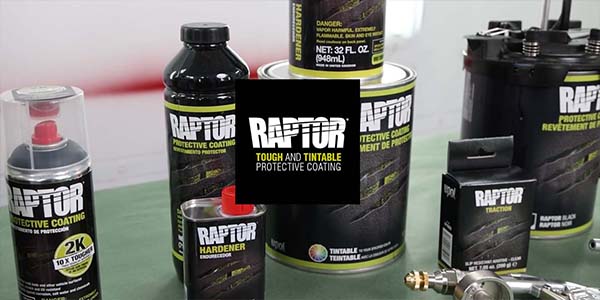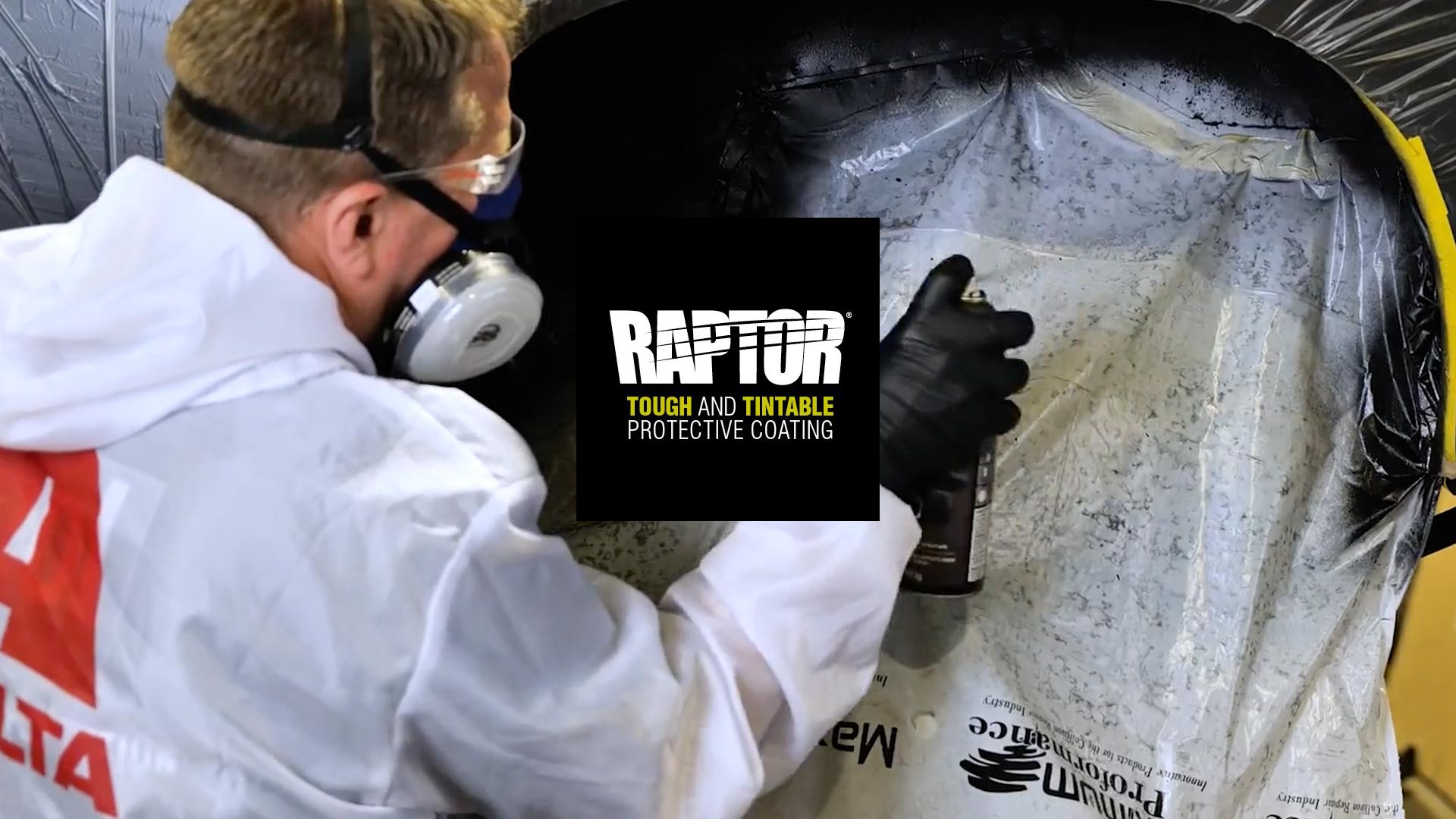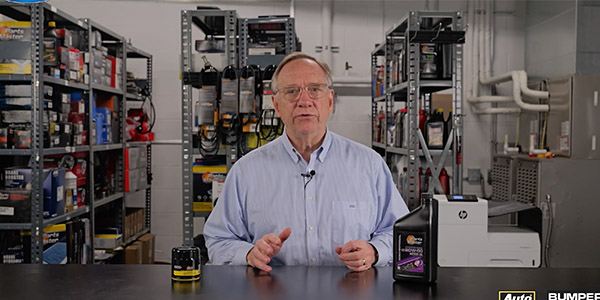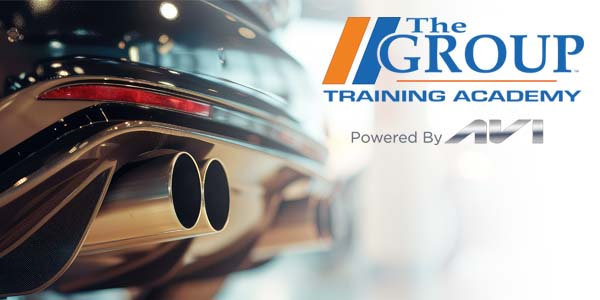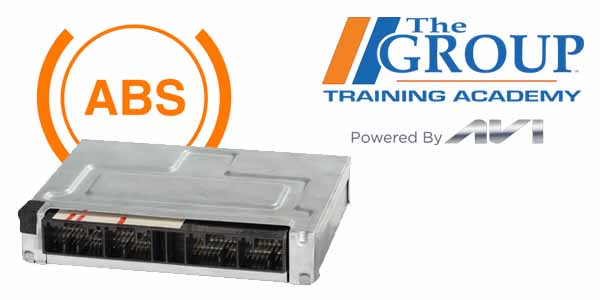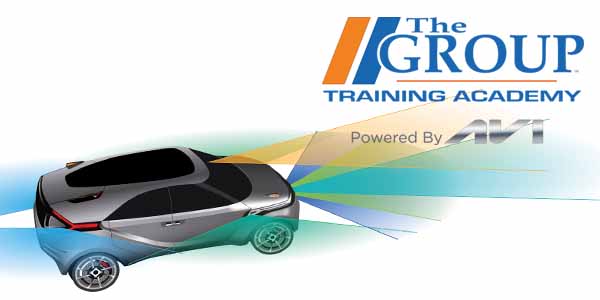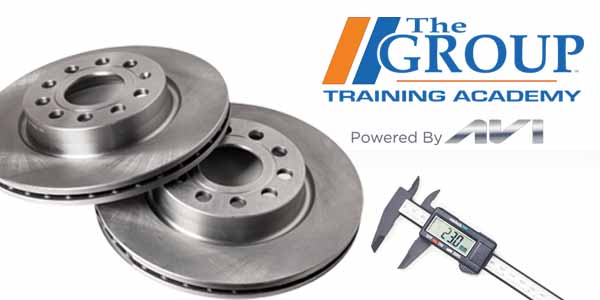In the late 2000s, automakers added a new type of belt to take some of the load off the main accessory-belt drive.
It’s called a stretch-fit belt, or stretch belt. GM, for example, started using stretch belts to power the air-conditioning compressor on some 2009 models with the LS V-8 engine.
So, why stretch belts? Well, in addition to removing some of the load off the serpentine belt, stretch belts allow for better packaging and solve NVH problems that can occur with a longer serpentine belt. Less belt means less tension, and fewer noise and vibration problems.
Also, stretch belts have a unique internal construction that allows them to function without the need for idler arms and tensioners. Eliminating the need for a tensioner allows automotive engineers to reduce the number of components that share the primary belt drive, reduce belt-drive friction losses, save weight and design more compact accessory drives.
This video is sponsored by The Pronto Network.

